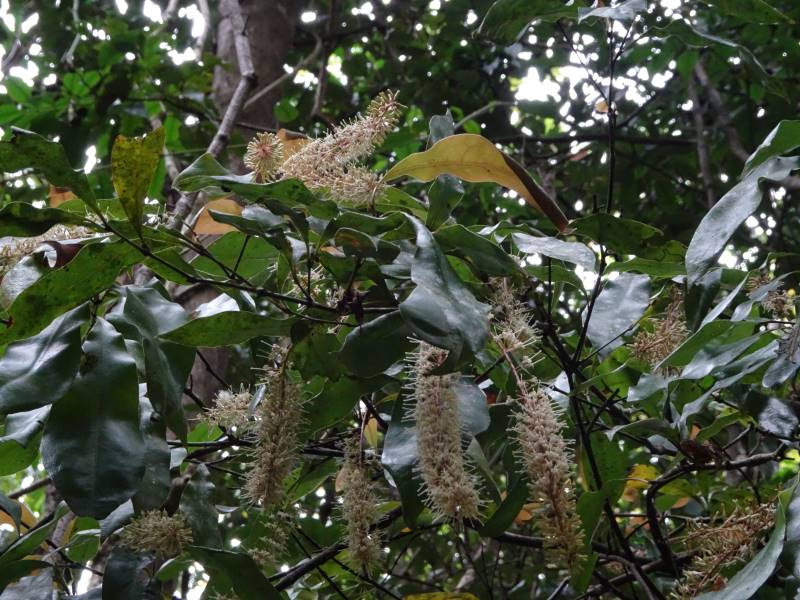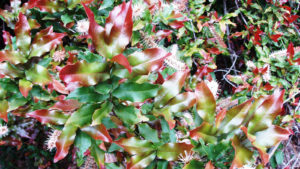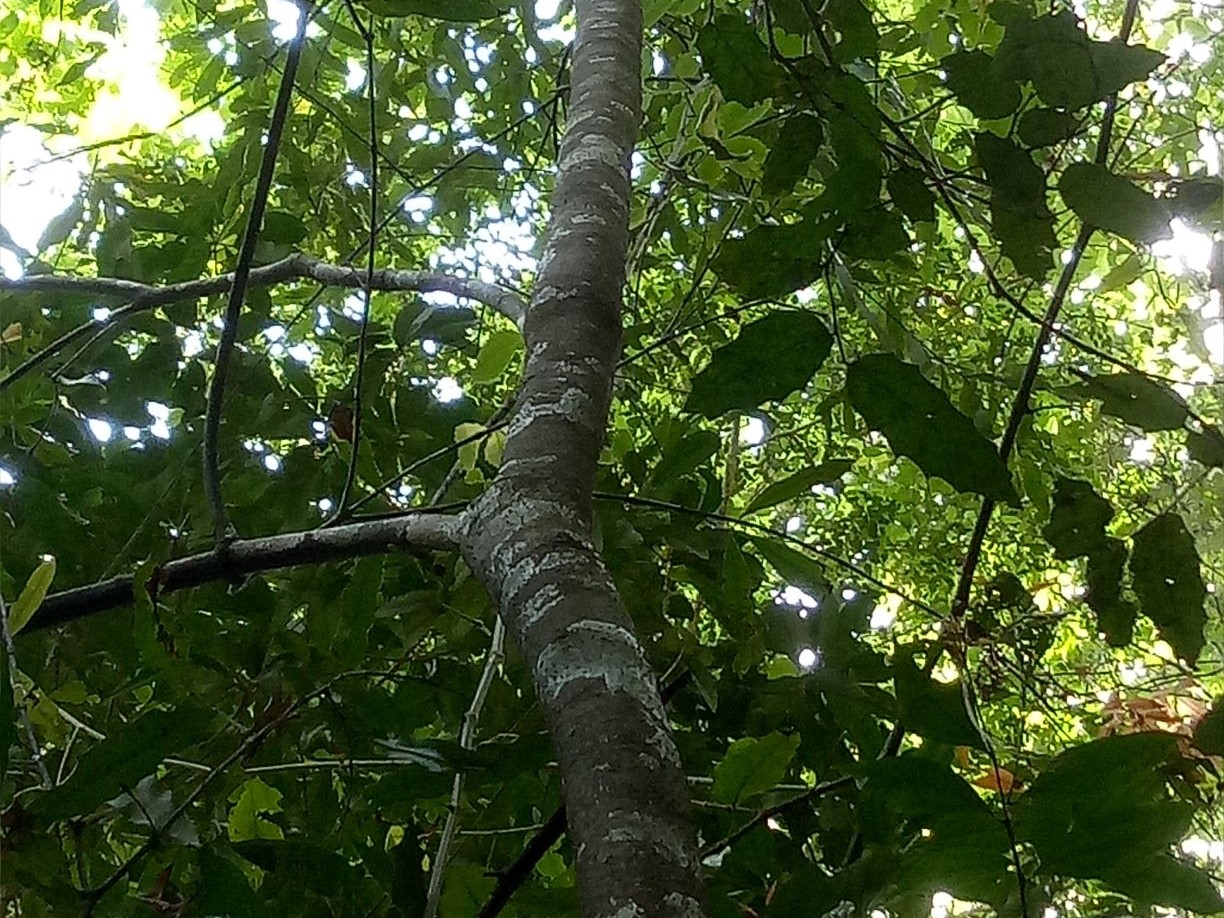The MCT is proud to announce a partnership with the Foundation for Australia’s Most Endangered Species (FAME) to “Secure the future of Australia’s most endangered macadamia species, Macadamia jansenii”.
The grant will help fund a survey to check the health of the tiny wild population, expeditions to search for new populations, reintroduction plantings to expand the wild populations and two insurance populations.

Macadamia jansenii was only recognised by the modern scientific community in 1992 after being identified and described by respected amateur naturalist Ray Jansen. It is one of Australia’s most endangered species, with only 90 known trees remaining in a 6000m2 area of natural habitat.
Fondly known as “Mj”, this is the world’s smallest, most delicate and rarest macadamia. It only grows to about 9m tall, in contrast to the familiar Macadamia integrifolia (Queensland Nut) that can grow to 25m. Macadamia jansenii has a smooth bark patterned with little cream half-moons. The leaves are 10-18 cm long, with wavy edges and pointed tips – young leaves are pale green with a bronzy-pink blush. The delicate flower spikes have creamy white to pale sepia tones. Nuts are like mini-macadamias with thinner shells but unfortunately are bitter and inedible.
So why did it take so long to learn of this species? There had been reports of macadamia-like trees between Bundaberg and Gladstone for years, but none had been reliably located until 1982, when “bush botanists” Ray Jansen, Keith Sarnadsky, Eric Zillman and Jim Randall found some interesting trees nestled in a patch of rainforest along a rocky creek south of Miriam Vale. It took another decade for the scientific community to agree that this was indeed a new species and name it Macadamia jansenii in honour of Ray Jansen.
All the other macadamias have over-lapping distributions, but Macadamia jansenii grows nearly 200km north of its nearest relative, Macadamia integrifolia. How has it survived in this small rainforest gully surrounded by drier forests, and does it have characteristics that might make it more resilient to climate change than its southern relatives?
There are grave concerns that a fierce wildfire or weed invasion could wipe out the entire species, and that’s why the Macadamia Conservation Trust has been applying for funding to protect the existing trees and to seek out additional populations.
This is a truly collaborative project between local Indigenous Rangers from the Gidarjil Corporation, Queensland Parks and Wildlife Service, the Gladstone City Council, Sunshine Coast University, the host Botanic Gardens and bush botanist Keith Sarnadsky.



 The results of the IMS Awards are in!
The results of the IMS Awards are in!